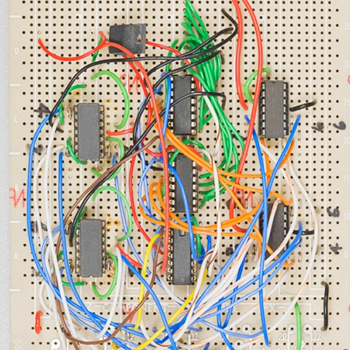Question #f9d4f
1 Answer
Dec 2, 2017
(a)
(b)
(c)
Explanation:
The energy of a photon is
The frequency of the light(λ=
(a)
I will solve (c) first and get back to (b) later.
(c) Multiple the energy of a photon by Avogadoro's constant(
(b) Molar mass of sodium is
Therefore, the total emitted energy is

